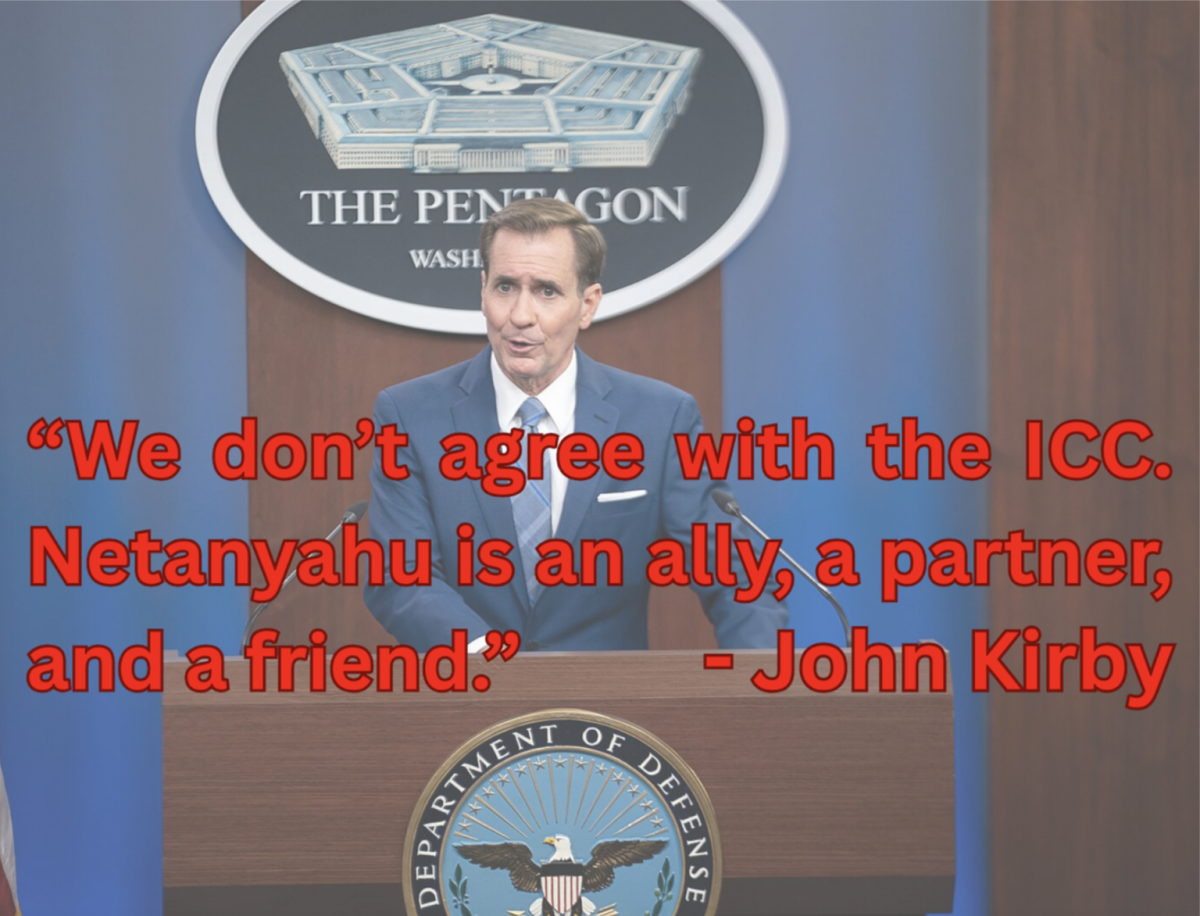A Mack truck driver carrying “toothpicks” sends a dispatch over to his buddy to say he “forgot his comic book.” His buddy asks him what his “10-20” is so he can come help him out. Is it so hard to say he’s carrying a load of lumber and that he forgot his logbook? And why can’t the other driver simply ask, “Where are you?” It appears the truckers we have always deemed honest and practical actually constitute a pretentious clique that sees its work as a game. If all you’re doing is transporting lumber, there’s no good reason for you to use an exclusive slang other than “playing grown-up”—feeling the power of a knowledge that only a real member of the trucker elite can possess. Still, their lingo is amusing, and part of our nation’s cultural fabric. While trucker jargon may be more traditional than pretentious, one can’t help but contemplate the way modes of communication—especially language and the way people choose to manipulate it—suggest hidden mentalities.
This August, Howard Dean said on CNN’s “Late Edition” that the Bush administration’s then-recent “orange [or high] alert” (on key financial sites in New York, New Jersey, and Washington) was likely a political move; Dean hinted that the upcoming election was a likely mouse to Dubya’s nervous elephant.
Let’s not forget: The information leading to the warning was three or four years old. While for the first time this administration might be trying to clean up past dishonesties and do what’s right, Tom Ridge’s claim that “We don’t do politics at Homeland Security” isn’t 100 percent on the mark. Nor does it seem likely that the use of color will yield positive results.
The color code is certainly nuanced—and frankly, pointlessly so. Red is the highest threat level, then orange, then yellow. New York has been on “orange alert” since 9/11 (this recent alert on financial sites is the first time the system has been applied to specific areas). The rest of the nation has been on “yellow [or elevated] alert.” Since when were these colors nothing more than crayons in a box? When you complicate communication and create codes for no apparent reason, how are you not political to some degree? How was this color-coded alert system anything but a tactical strategy to sustain the public’s interest—after all, doesn’t the trucker feel important, like he’s involved in a dramatic plot, when he understands his friend means “urgent business” when she says “10-17?”
Honestly, I don’t care if that Mack truck driver tells his friend he’s delivering toothpicks when he means lumber. I do care, however, when my government tells me the same thing. What I’m trying to say is this color-coded alert system trivializes any legitimacy these threats may have. There’s no denying that the color system has become an established—and questionable—mainstay of the government’s communication with the public as pertains to the war on terror.
If you asked Tom Ridge, face to face, if he thought the public should take action any differently in response to an orange versus a red alert in a given area, do you think he’s going to say you shouldn’t take that plane if the alert is red, but if it’s orange, you might still consider flying?
This administration seems to be aware of the ways in which people respond to the power of learning codes. When you first learn your ABCs, you feel proud, because you’re a step closer to the adult world. The same goes for the public: When the government gives us a code to share with them, we seem to relish in the element of participatory pride it gives us—the privilege of “knowing what they’re talking about” when they introduce a new code for us to master. By taking a simple strategy of using color to signify alert levels, the government gains an advantage by making its audience (mistakenly) feel involved and empowered.
But we can’t let ourselves buy into any games. A war of this magnitude warrants more than a mere acceptance of shake-and-bake rules, and believing that everything will be okay if we just process the right information. Why? We aren’t finished—we accomplish nothing—when we resign ourselves to simple formulas the government provides. More important is the need to ask questions. Placing purely decorative codes on this war distracts us from its complexity. How much more prepared can we really be if an alert goes from orange to red in a given zone?
While the government may seem to be giving us a venue for participation, it is in fact not. The Socratic method is often deemed the best way to teach. Why? It thrives off discussion that requires input from both the teacher and the pupil. The color code is pure rhetoric dependent on nothing past the stages of memorization and acceptance on the public’s part. De Tocqueville noted that one of the qualities that made Americans unique was their willingness to participate in the government and community—even at micro-levels—because they deemed it a privilege to be included in the achievement of the nation’s greater goals. While it’s easy to play games and reap the masturbatory pleasures of participating in codes and “special war lingo,” we have a responsibility to remain adults and to see the war for what it is—not just a bunch of colors on a wheel.







